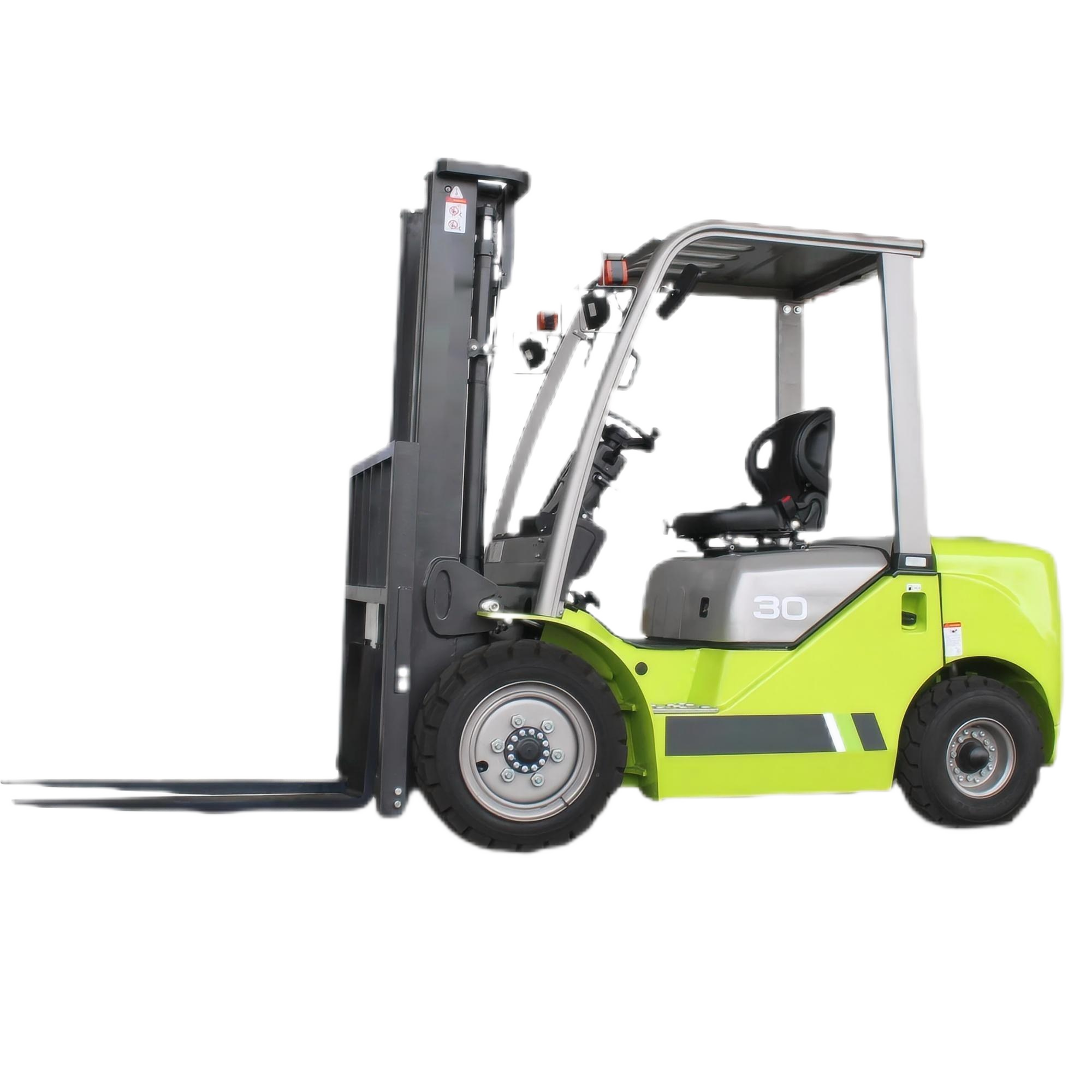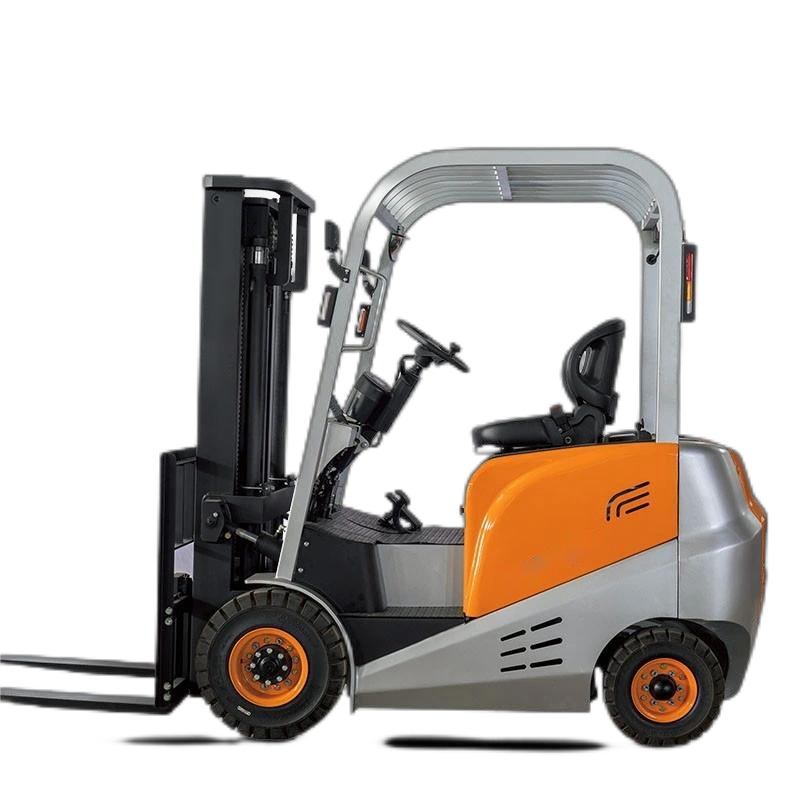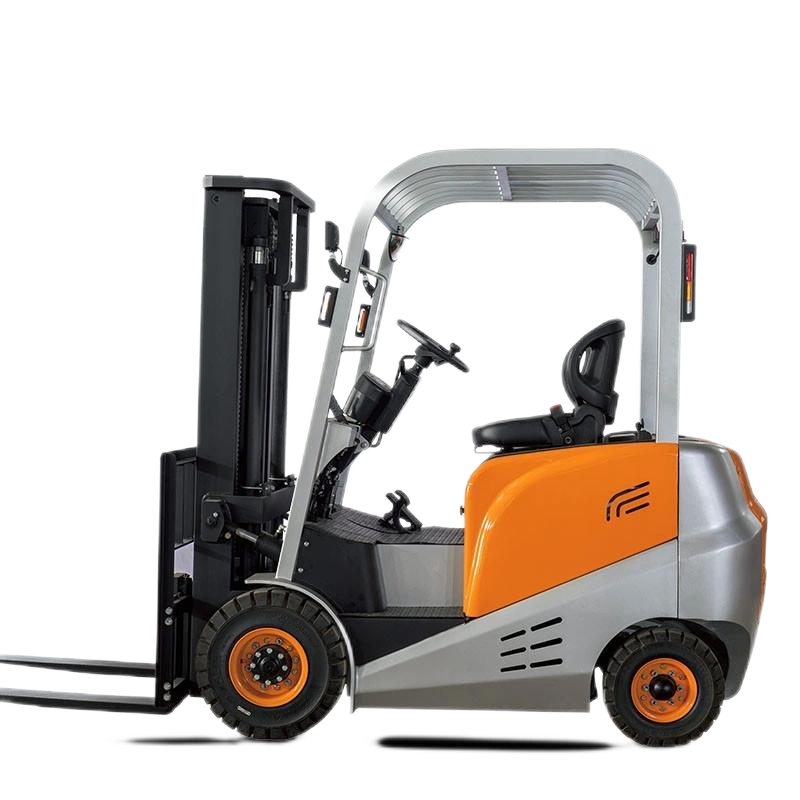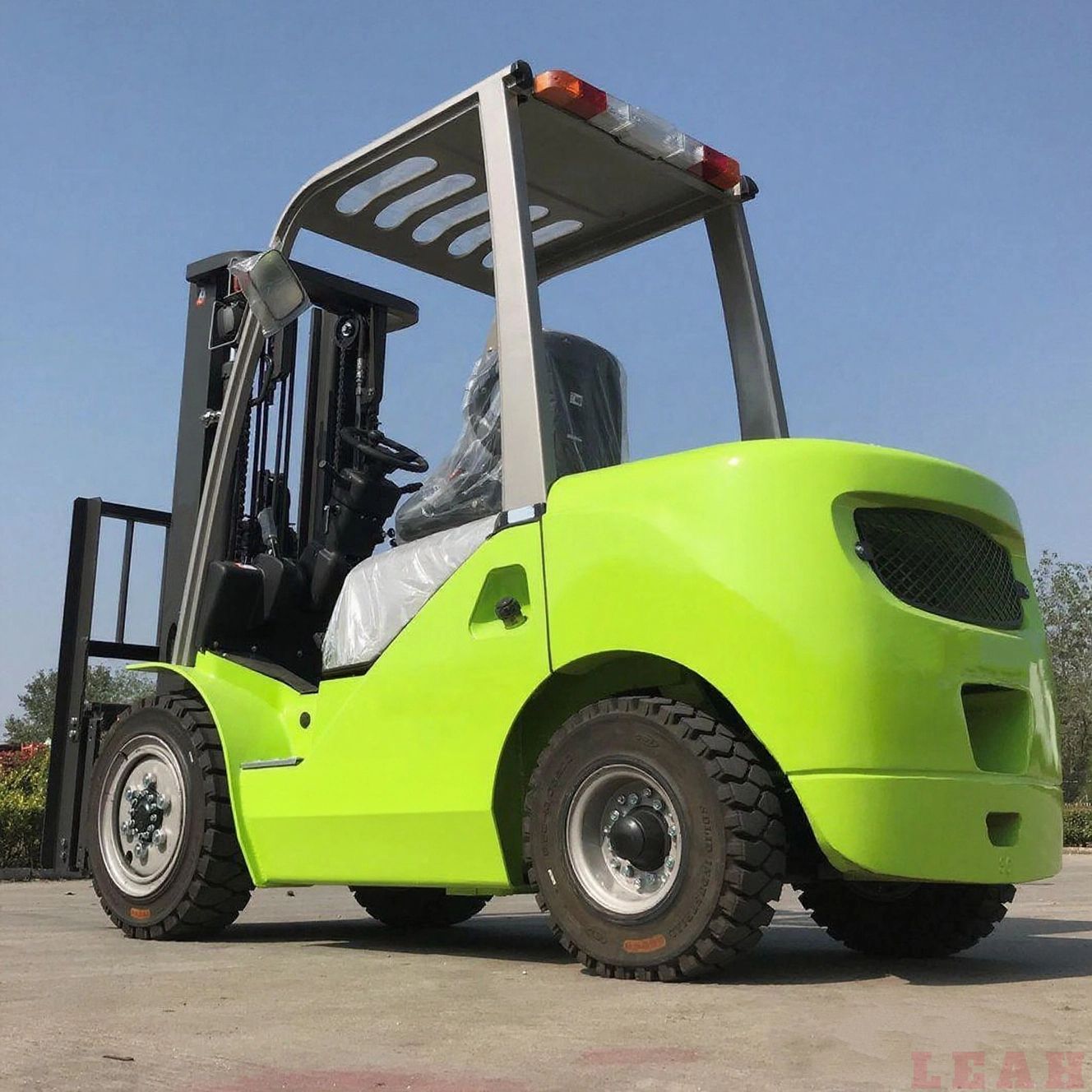The core logic for selecting the size of an electric forklift based on the operating environment is to fully match the forklift size with the environmental space, operating scenario, and handling requirements, avoiding operational obstacles caused by an excessively large size or failure to meet efficiency/load capacity requirements due to an excessively small size. The following breaks down specific selection methods from 6 key environmental dimensions:
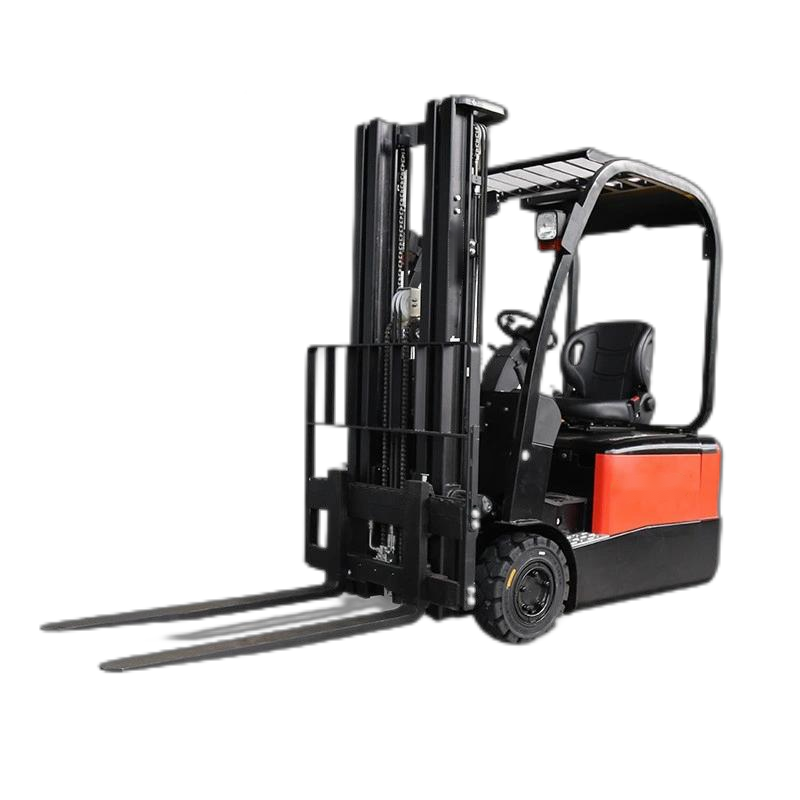
Aisle width is the primary factor limiting forklift size, directly affecting whether the forklift can turn flexibly and pass other vehicles. It is necessary to first measure two types of key aisle dimensions:
- Main aisle width (the main aisle for daily driving and vehicle passing);
- Operating aisle width (the aisle where the forklift operates between shelves / Cargo pile when picking up goods).
Standard aisles/factory areas (aisle width: 3-5 meters):
Optional
ssmall electric forklifts (width: 1-1.2 meters) or
medium electric forklifts (width: 1.2-1.5 meters). Their turning radius (2-3 meters) is suitable for the aisles, balancing flexibility and load capacity.
Wide aisles/outdoor spaces (aisle width > 5 meters):
If heavy goods (over 5 tons) need to be handled,
llarge electric forklifts (width: 1.5-2 meters) can be selected. There is no need to worry about turning restrictions, and the focus is on meeting the load capacity requirement.
Two height requirements need to be clarified:
- Shelf height (if goods need to be stacked, the forklift's lifting height must be ≥ shelf height + goods height + 10-20 cm safety gap);
- Height limit of the operating area (such as the height of warehouse door openings and indoor suspended ceilings, the forklift's "mast lowered height" must be < height limit).
Low-height operation (stacking height < 3 meters, height limit < 2.3 meters):
Choose mini/small electric forklifts (mast lifting height: 3-5 meters, lowered height: 2-2.3 meters) to avoid the mast being too high to pass through low door openings.
Medium-height operation (stacking height: 3-6 meters, height limit ≥ 2.5 meters):
Choose medium electric forklifts (mast lifting height: 4-6 meters) or dedicated "high-level stacking electric forklifts" to ensure stacking efficiency.
High-height operation (stacking height > 6 meters, e.g., in automated warehouses):
Choose large electric forklifts (mast lifting height: 6-10 meters) or "telescopic boom electric forklifts". However, it should be noted that the higher the lifting height, the higher the requirement for forklift stability, and it is necessary to match with weighted counterweights or anti-slip tires (for outdoor use).
The size (length, width, weight) of the goods directly affects the forklift's "fork adaptability" and "load-bearing stability", and the following points need to be focused on:
- Goods length: The fork length must be ≥ 2/3 of the goods length (e.g., when handling pallets 1.5 meters long, the fork length should be at least 1 meter; when handling large goods 2 meters long, the fork length should be more than 1.5 meters);
- Goods weight: The fork length must match the load capacity (when handling heavy goods > 5 tons, the forks need to be thickened and lengthened to avoid bending; in this case, long forks of large forklifts should be selected).
- Handling standard pallets (common size: 1.2 meters × 1 meter): Choose small/medium forklifts with fork lengths of 1-1.2 meters;
- Handling extra-long goods (e.g., pipes/plates 2 meters long): Choose medium/large forklifts with fork lengths of 1.5-2 meters, or customize lengthened forks;
- Handling small parts/light goods (< 1 ton): Choose mini forklifts with fork lengths of 0.82-1 meter to avoid cumbersome operation caused by excessively long forks.
The flatness and material of the ground determine whether the forklift can travel stably, and also affect the size selection (e.g., large outdoor forklifts need a wider wheelbase to avoid rollover).
Indoor flat ground (e.g., warehouse concrete floors, workshop epoxy floors):
Mini/small/medium forklifts can be selected, with a narrow wheelbase (suitable for narrow aisles) and "solid rubber tires" (quiet and non-damaging to the ground);
The body length does not need to be too long, and the focus is on matching the aisle and fork requirements.
Outdoor uneven ground (e.g., factory dirt roads, gravel roads):
Prioritize large electric forklifts (longer body, wider wheelbase, strong stability) or "off-road electric forklifts" (high chassis, wide tires);
Avoid mini forklifts (short body, narrow wheelbase, prone to bumpy and rollover).
If the forklift needs to load/unload in the truck compartment or operate on a narrow loading/unloading platform, two key dimensions need to be paid attention to:
- Loading/unloading point space: For example, the width of the truck compartment (generally 2.2-2.5 meters). The forklift's body width must be < truck compartment width - 0.3 meters (safety gap), and the minimum turning radius must be < truck compartment length (to avoid being unable to turn around);
- Transport vehicle restrictions: If a truck is needed to transport the forklift, the forklift's body length must be < truck compartment length (e.g., a small truck with a compartment length of 4.2 meters can transport medium forklifts; large forklifts require trucks with a compartment length of more than 6.8 meters).
- Loading/unloading in the compartment: Choose small forklifts (body width: 1-1.2 meters, turning radius: 2-2.5 meters), such as forward-reach forklifts (forks can move forward, no need for the entire vehicle to enter the compartment);
- Loading/unloading on the platform: If the platform space is small (< 4 meters × 4 meters), avoid large forklifts (turning radius > 3 meters) to prevent being unable to turn.
If high-frequency handling is required (e.g., logistics sorting, production line material distribution), the size selection must take "efficiency" into account:
- High-frequency operation in small spaces: Choose mini/small forklifts (flexible, fast turning). If the load capacity is insufficient (< 1.5 tons), "small forklifts with double forks" (capable of handling two pallets at a time) can be selected;
- High-frequency operation of heavy goods in large spaces: Choose medium/large forklifts (load capacity: 3-10 tons, fast driving speed) to avoid using small forklifts for multiple transports, which reduces efficiency.
- Measure the environment: First measure the aisle width, height limit, and loading/unloading point space (3 core data);
- Define requirements: Clarify the goods weight/length and stacking height (2 core requirements);
- Match models: According to the priority of "space → height → goods", select mini/small/medium/large forklifts (refer to the table below).






